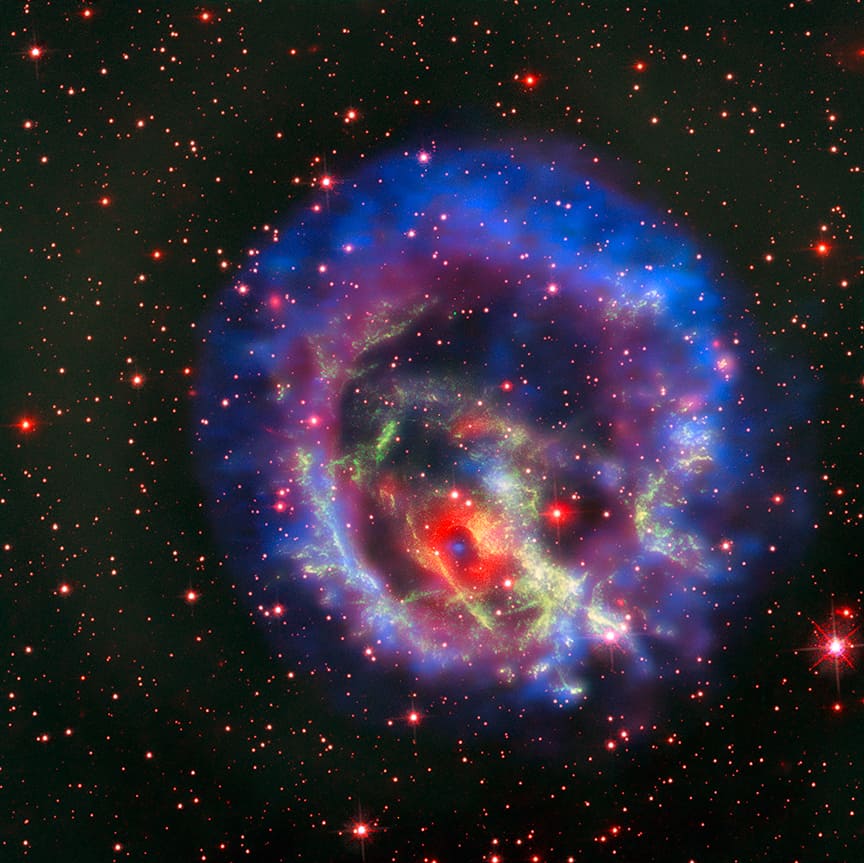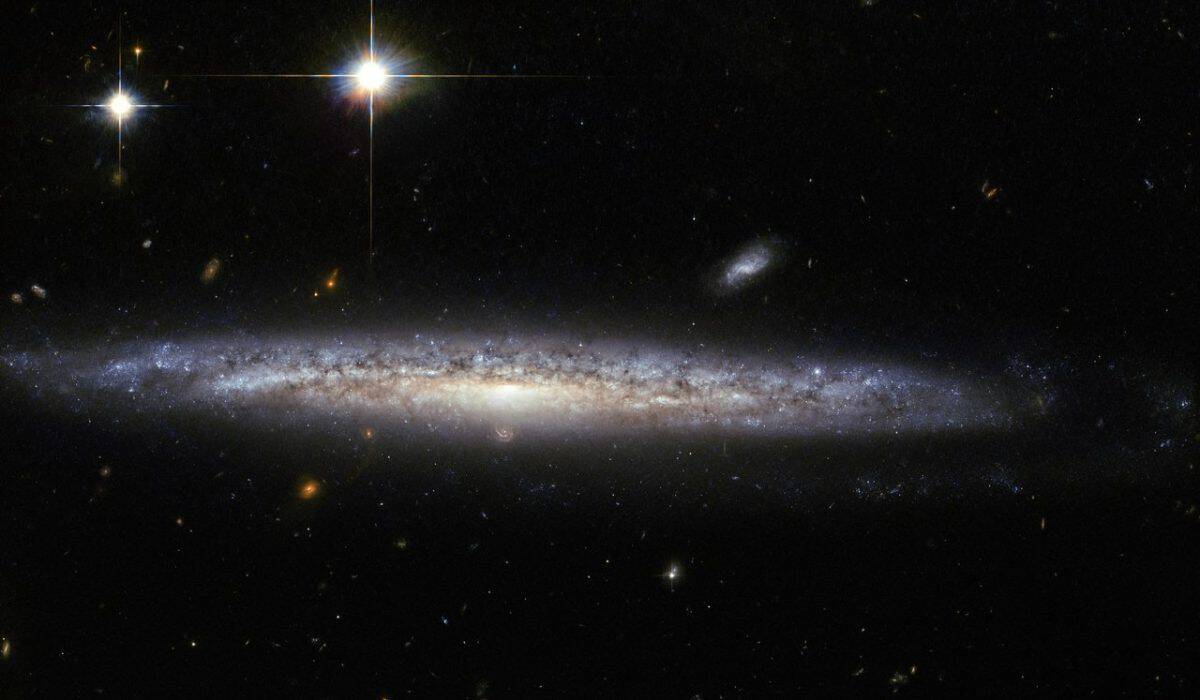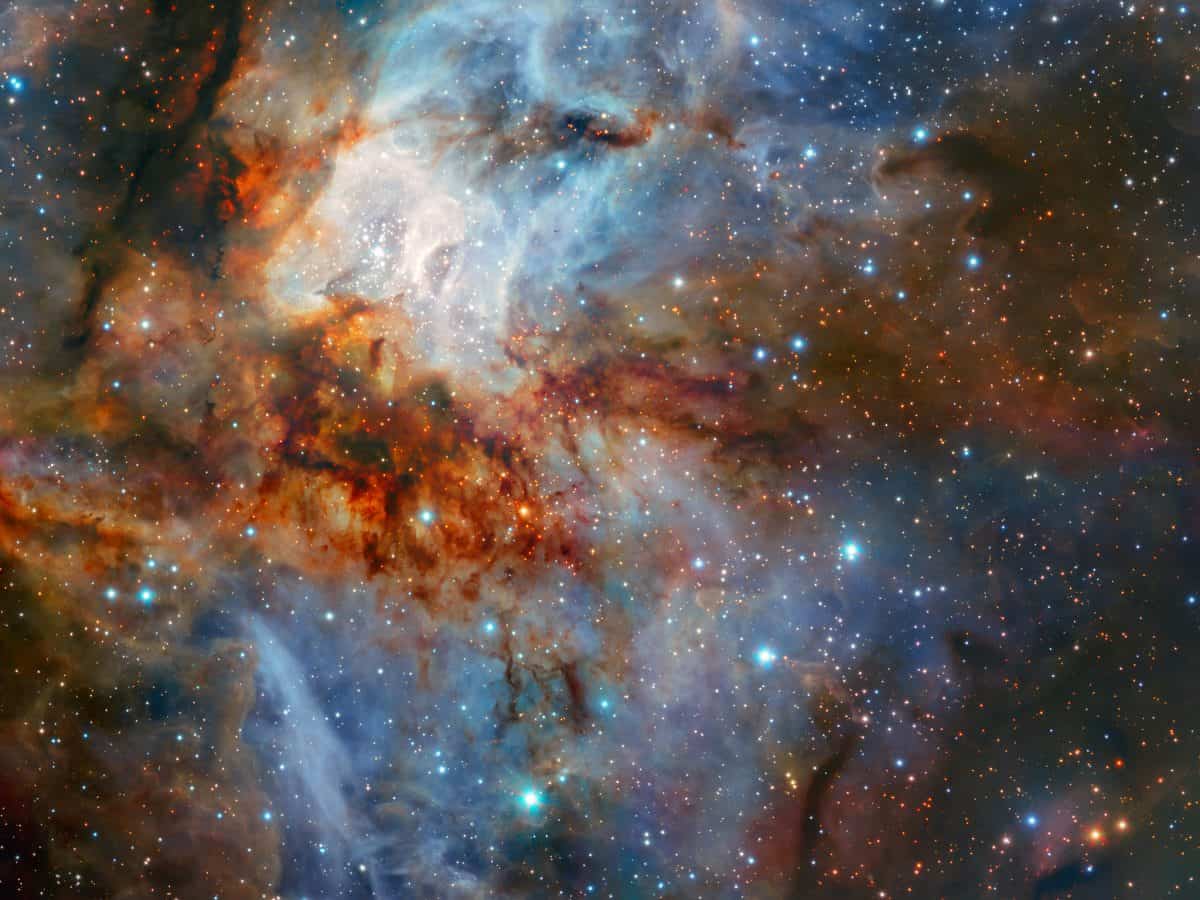Blog
Terence Michael “Terry” Clarke C.M. (born August 20, 1944, Vancouver) is a Canadian jazz drummer.
Clarke studied percussion with Jim Blackley and played with Chris Gage and Dave Robbins early in his career. From 1965 to 1967 he toured in a quintet with John Handy, and joined The Fifth Dimension in 1967, remaining with the ensemble until 1969.
In 1970, he moved to Toronto, where he began a longstanding association with Rob McConnell‘s group, Boss Brass; he also played with Ed Bickert, Ruby Braff, Jim Galloway, Sonny Greenwich, Jay McShann, Emily Remler, and Frank Rosolino. In 1976, he toured with Jim Hall for the first time and in 1981 did an international tour with Oscar Peterson.
He relocated to New York City in 1985, where he has played or recorded with Toshiko Akiyoshi, Eddie Daniels, Oliver Jones, Roger Kellaway, Helen Merrill, Ken Peplowski, and Joe Roccisano, among others. He played with the Free Trade ensemble in 1994, a quintet composed of Clarke, Ralph Bowen, Neil Swainson, Renee Rosnes, and Peter Leitch.
more...Robert Anthony Plant CBE (born 20 August 1948) is an English singer, songwriter, and musician, best known as the lead singer and lyricist of the rock band Led Zeppelin.
Plant enjoyed great success with Led Zeppelin throughout the 1970s and developed a compelling image as the charismatic rock-and-roll front man, similar to his contemporaries, The Who singer Roger Daltrey, Mick Jagger of the Rolling Stones and Jim Morrison of the Doors. With his mane of long blond hair and powerful, bare-chested appearance, Plant helped to create the “god of rock and roll” or “rock god” archetype.
Although Led Zeppelin split in 1980, Plant occasionally collaborated with Jimmy Page on various projects through this period, including forming a short-lived all-star group with Page and Jeff Beck in 1984, called the Honeydrippers. They released an album called The Honeydrippers: Volume One, and the band had a No. 3 hit with a remake of the Phil Phillips‘ tune “Sea of Love“, plus a follow-up hit with a cover of Roy Brown‘s “Rockin’ at Midnight“.
https://www.youtube.com/watch?v=oFkzZHIcgFs
more...Isaac Lee Hayes Jr. (August 20, 1942 – August 10, 2008) was an American singer-songwriter, actor, voice actor and producer. Hayes was one of the creative forces behind the Southern soul music label Stax Records, where he served both as an in-house songwriter and as a session musician and record producer, teaming with his partner David Porter during the mid-1960s. Hayes and Porter, along with Bill Withers, the Sherman Brothers, Steve Cropper, and John Fogerty were inducted into the Songwriters Hall of Fame in 2005 in recognition of writing scores of songs for themselves, the duo Sam & Dave, Carla Thomas, and others. In 2002, Hayes was inducted into the Rock and Roll Hall of Fame.
The song “Soul Man“, written by Hayes and Porter and first performed by Sam & Dave, has been recognized as one of the most influential songs of the past 50 years by the Grammy Hall of Fame. It was also honored by The Rock and Roll Hall of Fame, by Rolling Stone magazine, and by the Recording Industry Association of America (RIAA) as one of the Songs of the Century. During the late 1960s, Hayes also began a career as a recording artist. He had several successful soul albums such as Hot Buttered Soul (1969) and Black Moses (1971). In addition to his work in popular music, he worked as a composer of musical scores for motion pictures.
He was well known for his musical score for the film Shaft (1971). For the “Theme from Shaft“, he was awarded the Academy Award for Best Original Song in 1972. He became the third African-American, after Sidney Poitier and Hattie McDaniel, to win an Academy Award in any competitive field covered by Academy of Motion Picture Arts and Sciences. He also won two Grammy Awards for that same year. Later, he was given his third Grammy for his music album Black Moses.
Isaac Hayes, Jr. was born in Covington, Tennessee, in Tipton County. He was the second child of Eula (née Wade) and Isaac Hayes, Sr.[6] After his mother died young and his father abandoned his family, Isaac, Jr., was raised by his maternal grandparents,[7] Mr. and Mrs. Willie Wade, Sr. The child of a sharecropper family, he grew up working on farms in Shelby County, Tennessee, and in Tipton County. At age five Hayes began singing at his local church; he taught himself to play the piano, the Hammond organ, the flute, and the saxophone.
https://www.youtube.com/watch?v=rYriOuyJU5I
more...James Elbert Raney (August 20, 1927 – May 9, 1995) was an American jazz guitarist born in Louisville, Kentucky,[1] known for his work from 1951 to 1952 and then from 1953 to 1954 with the Red Norvo trio (replacing Tal Farlow) and, during the same time period, with Stan Getz. In 1954 and 1955, he won the Down Beat Critics’ Poll for guitar.[2] Raney worked in a variety of jazz mediums, including cool jazz, bebop, post bop, hard bop, and mainstream jazz.
In 1946, he worked for a time as guitarist with the Max Miller Quartet at Elmer’s in Chicago, his first paying gig. Raney also worked in the Artie ShawOrchestra and collaborated with Woody Herman for nine months in 1948. He also collaborated and recorded with Buddy DeFranco, Al Haig and later on with Bob Brookmeyer. In 1967 alcoholism and other professional difficulties led him to leave New York City and return to his native Louisville.[3] He resurfaced in the 1970s and also did work with his son Doug, who was also a guitarist.[4]
Raney suffered for thirty years from Ménière’s disease, a degenerative condition that led to near deafness in both ears, although this did not stop him from playing. He died of heart failure in Louisville on May 10, 1995. His obituary in the New York Times called him “one of the most gifted and influential postwar jazz guitarists in the world”.
more...Hercules A is a bright astronomical radio source within the vicinity of the constellation Hercules corresponding to the galaxy 3C 348.
During a survey of bright radio sources in the mid-20th century, astronomers found a very bright radio source in the constellation Hercules. The radio source is strongest in the middle range frequency and emits synchrotron radiation, suggesting the source of radio emission may be gravitational interaction. In 1959, astronomers from the Radio Astronomy Group (later the Cavendish Astrophysics Group) detected the radio source using the Cambridge Interferometer of the Cavendish Observatory in Cambridge University in United Kingdom, including it in the Third Cambridge Catalogue of Radio Sources (3C) as 3C 348, the 348th object detected by the survey.
The galaxy, 3C 348, is a supergiant elliptical galaxy. It is classified as type E3 to E4 of the updated Hubble-de Vaucouleurs extended galaxy morphological classification scheme. Little else is known about the galaxy.
3C 348, the galaxy at the image center, appears to be a relatively normal elliptical galaxy in visible light. When imaged in radio waves, however, plasma jets over one million light years long appear. Detailed analyses indicate that the galaxy is actually over 1,000 times more massive (approx. 1015 solar masses) than our Milky Way Galaxy, and the central black hole is nearly 1,000 times more massive (approx. 4 billion solar masses) than the black hole at our Milky Way’s center, one of the largest known. The physics that creates the jets is poorly understood, with a likely energy source being matter ejected perpendicular to the accretion disc of the central black hole.
more...John Lester “Johnny” Nash, Jr. (born August 19, 1940) is an American reggae and pop music singer-songwriter, best known in the US for his 1972 hit, “I Can See Clearly Now“. He was also one of the first non-Jamaican singers to record reggae music in Kingston, Jamaica.
Born John Lester Nash, Jr. in Houston, Texas, he began as a pop singer in the 1950s. He released four albums for ABC-Paramount, with his self-named debut in 1958. Around 20 singles were released between 1958 & 1964 on a variety of labels such as Groove, Chess, Argo and Warners. He also enjoyed success as an actor early in his career, appearing in the screen version of playwright Louis S. Peterson‘s Take a Giant Step. Nash won a Silver Sail Award for his performance from the Locarno International Film Festival.
more...Peter Edward “Ginger” Baker (born 19 August 1939) is an English drummer and the founder of the rock band Cream. His work in the 1960s earned him the reputation of “rock’s first superstar drummer,” while his individual style melds a jazz background with African rhythms. Baker is credited as a pioneer of drumming in genres like jazz fusion, heavy metal and world music.
Baker began playing drums at age 15, and later took lessons from Phil Seamen. In the 1960s, he joined Blues Incorporated, where he met bassist Jack Bruce. The two clashed often, but would be rhythm section partners again in the Graham Bond Organisation and Cream, the latter of which Baker co-founded with Eric Clapton in 1966. Cream achieved worldwide success but lasted only until 1968, in part due to Baker’s and Bruce’s volatile relationship. After briefly working with Clapton in Blind Faith and leading Ginger Baker’s Air Force, Baker spent several years in the 1970s living and recording in Africa, often with Fela Kuti, in pursuit of his long-time interest in African music. Among Baker’s other collaborations are his work with Gary Moore, Masters of Reality, Public Image Ltd, Hawkwind, Atomic Rooster, Bill Laswell, jazz bassist Charlie Haden, jazz guitarist Bill Frisell and Ginger Baker’s Energy.
Baker’s drumming is regarded for its style, showmanship, and use of two bass drums instead of the conventional one. In his early days, he performed lengthy drum solos, most notably in the Cream song “Toad“, one of the earliest recorded examples in rock music. Baker is an inductee of the Rock and Roll Hall of Fame as a member of Cream, of the Modern Drummer Hall of Fame in 2008, and of the Classic Drummer Hall of Fame in 2016.
more...James George Hunter (August 19, 1918 – May 28, 1996), known professionally as Jimmy Rowles, was an American jazz pianist, vocalist, and composer. As a bandleader and accompanist, he explored various styles including swing and cool jazz.
Rowles was born in Spokane, Washington and attended Gonzaga College (now University) in Spokane. After moving to Los Angeles, he joined Lester Young‘s group in 1942. He also worked with Benny Goodman, Woody Herman, Les Brown, Tommy Dorsey, Tony Bennett, and as a studio musician.
more...From Finland
more...
A composite image of the supernova 1E0102.2-7219 contains X-rays from Chandra (blue and purple), visible light data from VLT’s MUSE instrument (bright red), and additional data from Hubble (dark red and green). A neutron star, the ultra dense core of a massive star that collapses and undergoes a supernova explosion, is found at its center.
Oscar Brashear (born August 18, 1944, Chicago, Illinois) is an American jazz trumpeter and session musician.
After studying at DuSable High School and Wright Jr. College under John DeRoule he worked briefly with Woody Herman before going on to join Count Basie ’68-9, returning to freelance in Chicago with Sonny Stitt, Gene Ammons, Dexter Gordon and James Moody. Moving to Los Angeles in 1971, he worked with Gerald Wilson, Harold Land, Oliver Nelson, Shelly Manne, Quincy Jones (with whom he toured in Japan), Horace Silver and Duke Pearson.
Brashear has recorded with Teddy Edwards, Jimmy Smith, Sonny Rollins, Benny Golson, Bobby Hutcherson, B. B. King, Bobby Bland, Freddie Hubbard, Joe Farrell, The Crusaders, McCoy Tyner, Gene Harris, Randy Newman, Frank Sinatra, Earth, Wind & Fire, Carole King, Benny Carter, Billy Higgins and Ry Cooder.
more...Enoch Henry Light (18 August 1905, in Canton, Ohio – 31 July 1978, in Redding, Connecticut) was a classically trained violinist, danceband leader, and recording engineer. As the leader of various dance bands that recorded as early as March 1927 and continuing through at least 1940, Light and his band primarily worked in various hotels in New York. For a time in 1928 he also led a band in Paris. In the 1930s Light also studied conducting with the French conductor Maurice Frigara in Paris.
Throughout the 1930s, Light and his outfits were steadily employed in the generally more upscale hotel restaurants and ballrooms in New York that catered to providing polite ambiance for dining and functional dance music of current popular songs rather than out and out jazz. (It must be remembered that at the time there was always some crossover between popular and jazz music and that the most successful bandleaders frequently played a mixture of both to some extent in order to cater to the demands of their audiences, although the bands employed in swank hotel ballrooms were generally far more subdued in nature.)
At some point his band was tagged “The Light Brigade” and they often broadcast over radio live from the Hotel Taft in New York where they had a long residency. Through 1940, Light and his band recorded for various labels including Brunswick, ARC, Vocalion and Bluebird. Later on, as A&R (Artists and Repertoire) chief and vice-president of Grand Award Records, he founded his own label Command Records in 1959. Light’s name was prominent on many albums both as musician and producer.
more...Fela Anikulapo Kuti (15 October 1938 – 2 August 1997), also professionally known as Fela Kuti, or simply Fela, was a Nigerian multi-instrumentalist, musician, composer, pioneer of the Afrobeat music genre and human rights activist. He has been called “superstar, singer, musician, Panafricanist, polygamist, mystic, legend.” At the height of his popularity, he was referred to as one of Africa’s most “challenging and charismatic music performers.
more...https://www.youtube.com/watch?v=FktqOli6Hq4
more...New observations with ESO’s Very Large Telescope show the star cluster RCW 38 in all its glory. This image was taken during testing of the HAWK-I camera with the GRAAL adaptive optics system. It shows the cluster and its surrounding clouds of brightly glowing gas in exquisite detail, with dark tendrils of dust threading through the bright core of this young gathering of stars.
RCW 38 is an HII region containing a massive star cluster located approximately 5,500 light years away from Earth in the direction of the constellation Vela (known as, the Sails). The stars were very recently formed, and are still enshrouded within the dark cloud in which they were born. The star cluster is surrounded by clouds of brightly glowing gas and is composed of several short-lived massive stars, hundreds of young stars, and many protostars.
The star cluster several O-type stars with masses much larger than the sun. When these stars die, likely before the dispersal of the cluster, they will explode as supernovae.
more...Luther Allison (August 17, 1939 – August 12, 1997) was an American blues guitarist. He was born in Widener, Arkansas, and moved with his family to Chicago in 1951. He taught himself guitar and began listening to blues extensively. Three years later he began hanging around outside blues nightclubs with the hopes of being invited to perform. He played with Howlin’ Wolf‘s band and backed James Cotton.
Allison’s big break came in 1957, when Howlin’ Wolf invited him to the stage. Freddie King took Allison under his wing, and after King got a record deal, Allison took over his gig in the house band of a club on Chicago’s West Side. He worked the club circuit in the late 1950s and early 1960s and recorded his first single in 1965. He signed a recording contract with Delmark Records in 1967 and released his debut album, Love Me Mama, the following year. He performed a well-received set at the 1969 Ann Arbor Blues Festival and as a result was asked to perform there in each of the next three years. He toured nationwide. In 1972, he signed with Motown Records, one of the few blues artists on that label. In the mid-1970s he toured Europe. He moved to France in 1977.
Allison was known for his powerful concert performances, lengthy soulful guitar solos and crowd walking with his Gibson Les Paul. He lived briefly during this period in Peoria, Illinois, where he signed with Rumble Records, releasing two live recordings, “Gonna Be a Live One in Here Tonight”, produced by Bill Knight, and “Power Wire Blues”, produced by George Faber and Jeffrey P. Hess.
more...More Posts
- Daily Roots The Harmonisers
- Human Rights Day 2022
- Cosmos Sea of Serenity
- Bob Cranshaw
- Pops Mohamed
- Ray Nance
- Guitar Slim
- World Music Hungarian String Band
- Daily Roots Barry Brown & The Scientist
- Cosmos Mars Moon
- Joan Armatrading
- Dan Hicks
- Junior Wells
- Donald Byrd
- Flamenco Fridays Camarón y Tomatito
- Daily Roots Roots Radics
- Cosmos Ocean of Storms
- Jim Morrison
- Toots Hibbert
- Jean Sibelius


